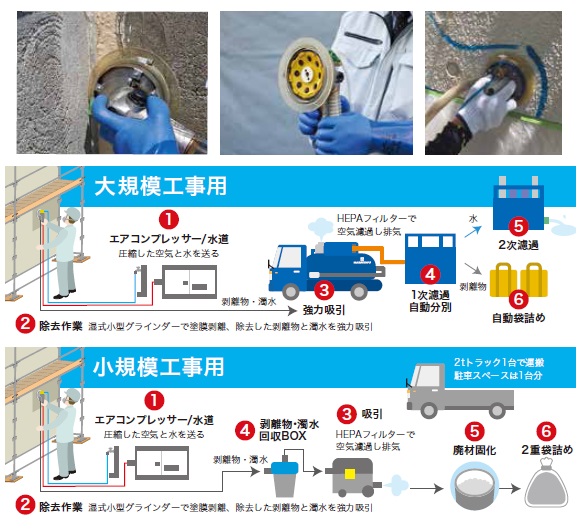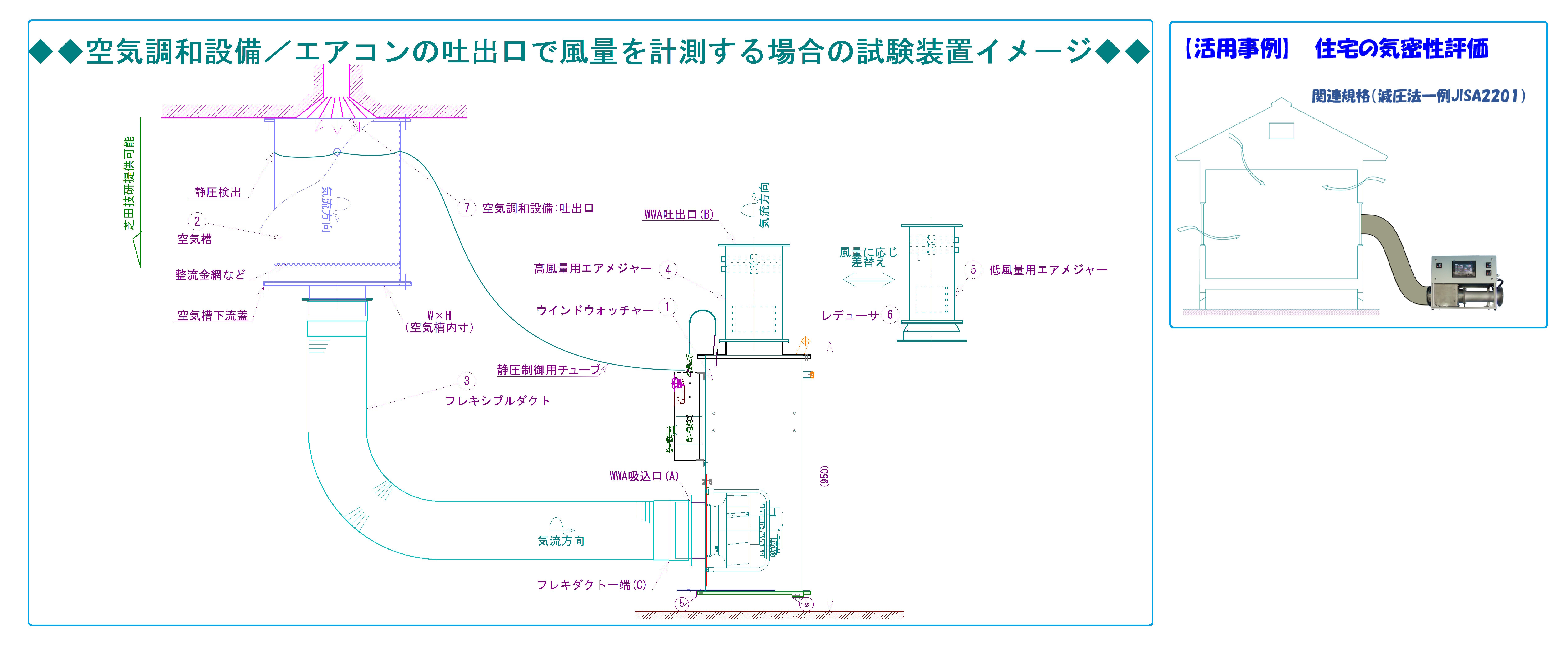2024-04-23 ロイヤルメルボルン工科大学(RMIT)
<関連情報>
- https://www.rmit.edu.au/news/all-news/2024/apr/energy-smart-bricks0
- https://www.sciencedirect.com/science/article/pii/S0950061823037492
- https://www.sciencedirect.com/science/article/abs/pii/S0360544223021497
- https://ascelibrary.org/doi/10.1061/JMCEE7.MTENG-15165
- https://www.sciencedirect.com/science/article/pii/S221450952200849X
紙のリサイクル工程から排出される不純物を粘土レンガの製造に利用する Utilizing rejected contaminants from the paper recycling process in fired clay brick production
Yuecheng Xin, Dilan Robert, Abbas Mohajerani, Phuong Tran, Biplob Kumar Pramanik
Construction and Building Materials Available online :7 November 2023
DOI:https://doi.org/10.1016/j.conbuildmat.2023.134031

Highlights
- RCF wastes brick achieves 24% lower thermal properties than the control brick.
- RCF wastes brick requires 10% lower firing temperature than the control brick.
- Utilizing as-received waste materials requires zero grinding energy, benefiting manufacturers and cutting emissions.
- Lower firing temperature saved $158,460 by cutting 417 tonnes of CO2.
Abstract
Building materials drive the global economy, yet face severe environmental hurdles: resource depletion, greenhouse gas emissions, and waste generation. In order to mitigate the impact from these challenges, authorities seek sustainable and eco-friendly alternatives as an urgent need. This study focuses on the utilization of as-received rejected contaminated fines (RCF) obtained from the yellow bins’ waste (paper) recycling process, in brick production. Diverse tests assessed the brick performance, including compressive strength, absorption rate, thermal conductivity, 3D CT scanning for morphological analysis, and durability analysis. Additionally, a leachate analysis was performed to evaluate the environmental implications. Economic benefits, particularly the reduction of CO2 emissions, were also evaluated. The findings confirmed that as-received waste can be utilized for fired clay brick production without the need for pulverization. The novel brick product made with as-received RCF waste exhibited superior thermal characteristics (up to a 31.25 % reduction compared to control bricks) while meeting the essential compliance requirements outlined by national standards. Moreover, each firing cycle led to a potential value of up to USD 158,460 through a reduction of 417 tonnes of CO2, resulting from a 9.5 % reduction in firing temperature (1000 °C). The results from this study offer valuable insights into the potential of using RCF waste as a sustainable alternative in the brick manufacturing industry. This alternative could address the soaring demand in the current market, resolve the escalating solid waste crisis, and mitigate clay shortages, while providing a sustainable solution for the brick industry.
廃棄物改質焼成粘土レンガのエネルギー効率-製造からポストアプリケーションまで Energy efficiency of waste reformed fired clay bricks-from manufacturing to post application
Yuecheng Xin, Dilan Robert, Abbas Mohajerani, Phuong Tran, Biplob Kumar Pramanik
Energy Available online:18 August 2023
DOI:https://doi.org/10.1016/j.energy.2023.128755
Highlights
- Recycling waste in fired clay bricks saves 20% of firing energy.
- 20% MSWIA brick can lead to an optimal 6% cut in household energy bills.
- 20% MSWIA brick results in up to 5% post-application energy savings and 2 tonnes of CO2 reduction.
- A total economic benefit of AUD 168.72 million/year from energy savings and CO2 emission reduction is achievable.
- The leaching of heavy metals from all the waste reformed bricks met the EPA requirements set by various Australian states.
Abstract
High energy consumption in building construction and operation threatens the socio-environmental sustainability of many nations due to elevated carbon footprint and energy crisis. Hence, research into alternative materials that can effectively reduce energy with less CO2 emissions is highly significant and timely required. This study examines the energy efficiency of waste reformed clay bricks which are produced from municipal solid waste incinerated (MSWI) fly ash, industrial waste ash, and waste glass. A number of thermal properties were first explored on a technically verified brick, such as thermal conductivity, calorific value, specific heat capacity, emissivity and reflectivity, by utilising state-of-the-art instrumentation. Having characterized the thermal behaviour, extended studies have been performed to evaluate the theoretical energy consumption during the firing process and the post-application energy, while investigating the corresponding CO2 emissions and the economic benefits. The results demonstrate that the novel brick production enables less energy consumption (average 21% energy savings compared to control brick) with reduced carbon footprint (2 tonnes per year) compared to the conventional brick production. Results further revealed an enhanced thermal performance of the manufactured novel brick, most notably with respect to decreased thermal conductivity (11.7–37% less than control brick) which is beneficial to reduce the energy consumption in the post-application stage. Outcomes from the study have strong implication in saving energy from both during production and operation for manufacturers and households respectively, while enabling authorities to embed sustainable construction principals in practice.
産業廃棄物灰の有効な解決策: 焼成粘土レンガでのリサイクル A Viable Solution for Industrial Waste Ash: Recycling in Fired Clay Bricks
Yuecheng Xin, Dilan Robert, Abbas Mohajerani, Phuong Tran, and Biplob Kumar Pramanik
Journal of Materials in Civil Engineering Published:May 29, 2023
DOI:https://doi.org/10.1061/JMCEE7.MTENG-15165
Abstract
The rapid increase in the generation of industrial ash alerted the authorities to seek efficient management of this harmful waste. This research seeks an entirely new use of industry ash to manufacture bricks. While brick is the most prominent construction product worldwide, the brick manufacturing industry cannot deliver the increased demand due to a new challenge: clay shortage. Two different industry waste ash types (IWA 1-CaO rich and IWA <?XML:NAMESPACE PREFIX = “[default] http://www.w3.org/1998/Math/MathML” NS = “http://www.w3.org/1998/Math/MathML” />2-SiO2 rich) were tested at different percentages of 10%, 20%, and 30% (by weight) for their suitability in manufacturing bricks. Compressive strength, water absorption, the initial rate of absorption, thermal conductivity test, 3D-CT scanning, scanning electron microscope analysis, x-ray diffraction analysis, x-ray fluorescence analysis, salt-resistance test, and heavy metals leaching test were performed to determine the physical, chemical, mechanical, durability and leachate characteristics of waste reformed bricks and to ascertain the product compliance of the lab prototype. The results indicated that the novel brick product manufactured from industrial waste can be superior to control brick (0% of waste ash) in thermal characteristics and compressive strength while achieving essential compliance requirements satisfying national standards. The thermal conductivity of ash reformed bricks was 40% lower compared to standard bricks when 30% ash is mixed into the composition. In addition, the maximum compressive strength of 72.53 MPa was achieved with the addition of 10% IWA 2 at a firing temperature of 1,050°C. The outcomes from this project could potentially provide a sustainable product for the brick industry, which has exponential demand in the current market, while resolving a growing solid waste catastrophe and clay shortage.
廃棄物汚染ガラスダストの持続可能な焼成粘土レンガへの転換 Transformation of waste-contaminated glass dust in sustainable fired clay bricks
Yuecheng Xin, Dilan Robert, Abbas Mohajerani, Phuong Tran, Biplob Kumar Pramanik
Case Studies in Construction Materials Available online:30 November 2022
DOI:https://doi.org/10.1016/j.cscm.2022.e01717

Highlights
- Bricks manufactured with 15 % waste glass dust yields a maximum compressive strength (77.34 MPa).
- Waste glass dust bricks allow firing temperature reduction by 50 C
- Firing temperature reduction of 5 % allows a 12 % decrease in thermal conductivity.
- Bricks produced from 15 % waste glass dust (1000 °C) survived the durability test (EXP grade).
Abstract
The management of glass waste has been a major crisis due to its bulk production and fewer recycling approaches adopted in the present industry. This has challenged the researchers and authorities to explore further development of innovative recycling strategies that would enable the utilization of glass wastes at large scales following circular economic principles. The current research aims to develop a strategy for translating waste-contaminated glass dust (WGD) into manufacturing fired clay bricks, a completely new use of glass dust that is fundamentally different from glass wastes commonly explored in literature. A comprehensive set of physico-chemical tests such as compressive strength, water absorption, initial water absorption, thermal conductivity tests, X-ray fluorescence (XRF) analysis, SEM analysis, X-ray diffraction (XRD) analysis, 3D-CT scanning and salt resistance tests were conducted to evaluate the physical, mechanical, environmental, durability and morphological characteristics of the bricks. Additionally, in-depth heavy metal leaching investigations were undertaken on WGD bricks to assess the environmental impact. The results demonstrated that novel brick produced from 15 % WGD (by weight) is highly energy efficient, demonstrating less firing temperature (by 5–10 % reduction compared to industrial brick firing temperature) requirement and improved thermal performance (>10 %) compared to standard clay bricks while satisfying the other compliance requirements based on national standards. This study provides a viable solution to the problem of waste accumulation, environmental issues, financial burden and raw material shortages by blending WGD into bricks.



